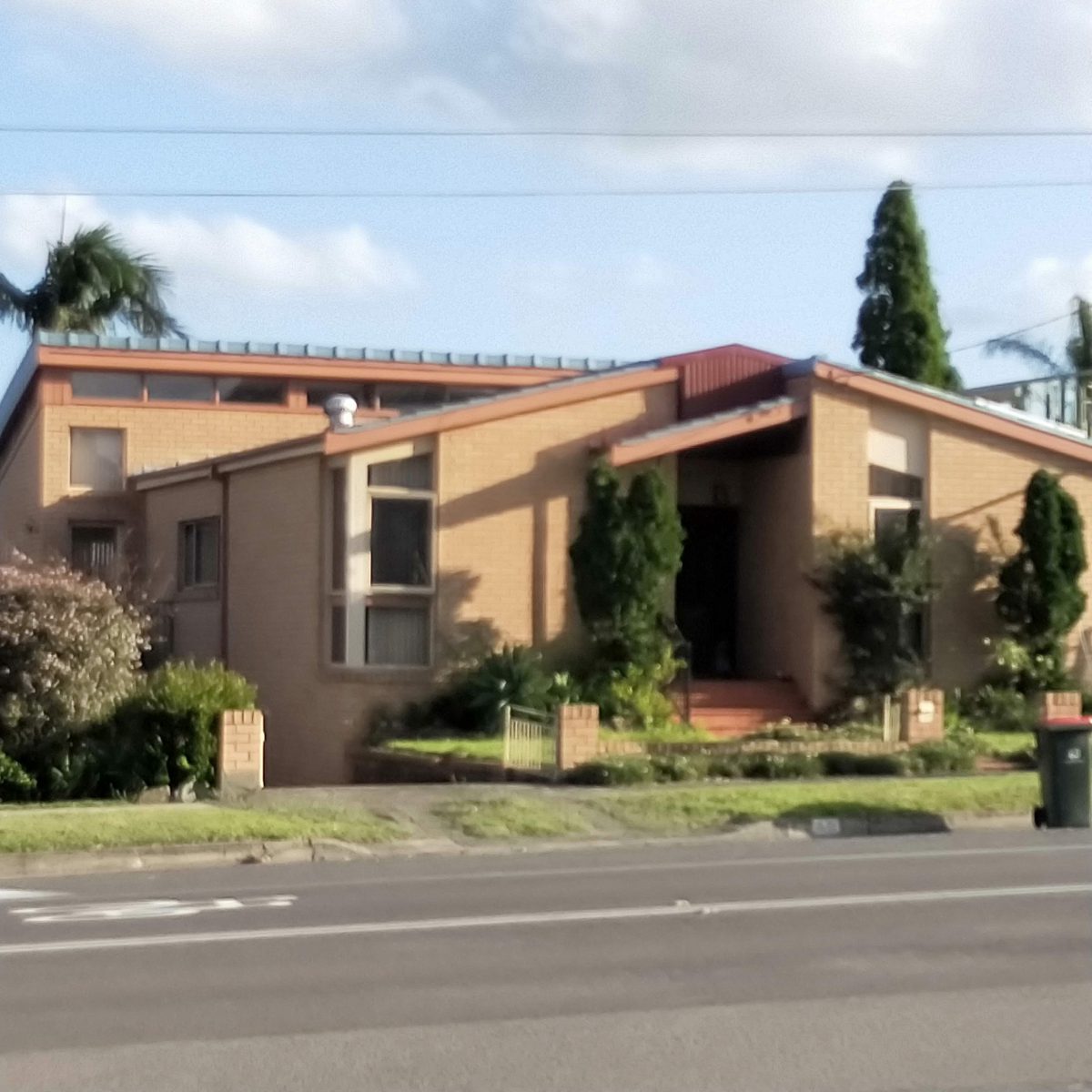
Back in their day, homes built in the 1970s were the height of sophistication and design-smarts. But now they’re coming up for 50 years old and may be showing their age.
Homes from the 1970s have a lot of merits. They were overwhelmingly designed to be comfortable family homes and as such usually have open plan designs, good sized bedrooms and larger gardens. Bringing them back to life can be well worth the effort.
A building inspection will reveal any flaws in your 70s home to potential buyers so it pays to be ahead of the issue. Discuss with your real estate agent the value of undertaking repair work that might be required and seek professional building advice if you find any of the following:
Plumbing
Galvanised steel water pipes were common in the 70s. Most would need to be renewed given their maximum 50-year life span. Any sign of corrosion is likely to be most visible near water heaters. Flakes of rust can get into the drinking water and play havoc with showerheads and taps.
Non-compliant wiring
Electrical standards have improved since the 1970s. That’s a good thing! Original wiring must be replaced. A potential buyer will factor this into their negotiation.
Roofing
The lifespan on an unrenovated roof from the 1970s may be coming to its natural end. Make sure any building inspection checks this area carefully.
Foundations
Slabs are a common base for 70s homes. Many are approaching half a century in age, so there are likely to be cracks, especially if the building is on a slope. As an initial check, look at the state of the concrete on original steps outside the house but some cracks can be surface-based, caused by temperature changes. The advice of a professional is essential.
Lack of insulation
Not all 70s homes have insulation so it pays to stick your head into the ceiling and find out what the status is.
Dangerous materials
Asbestos was used in some homes as walls and for roof cladding. If you’re planning a renovation, this is a serious consideration that might add significant cost to your budget. You may also find lead in gutters, flashings and waste pipes if the home still has original features. Original paintwork may also have lead in it – and is likely to be a garish 70s colour which will require addressing.
Boric treatments
Fencing and decking may have been sprayed with copper chromium arsenic to protect them against vermin. Check with a local council about how to protect yourself against such hazards if you work on any treated timbers. While repairs might not add value to the price you receive for the home, it could prevent any sale going ahead – especially if you’re competing with more modern properties. Knowing what you’re dealing with will help you work out a plan of action. A smart new fence could just clinch the sale.
